Electric motors are a huge part of any industrial application. You could say it is one of the most important elements of any production process if not the most one at all. And of all the different types of motors, the induction motor is the most commonly used. Yet, you could find all types of motors in different sections of the process.
In this article, we will talk about one component that comes with an electric motor and is responsible for monitoring the temperature of the motor. This is the motor winding temperature sensor.
Contents:
- Why motor windings temperature is very important?
- What is a motor winding temperature sensor?
- Types of winding temperature sensors.
- Provide Continuous temperature monitoring
- Act as a protection-tripping circuit
- How type of the sensor can affect you as a maintenance engineer?
Why Motor Windings Temperature is Very Important?
One of the most important operating parameters of an electric motor is the temperature of the motor windings. Motor heating is caused by mechanical, electrical, and copper losses, as well as the heat transferred to the motor from external sources, such as the ambient temperature and surrounding equipment.
If the temperature of the motor windings exceeds the maximum rated temperature, the windings could be damaged and the motor insulation could break down or completely fail. This is why the majority of motors especially those used in industrial processes have a temperature sensor integrated into the motor windings.
These sensors monitor winding temperature directly and are used with protection circuits to prevent damage due to excessive temperature.
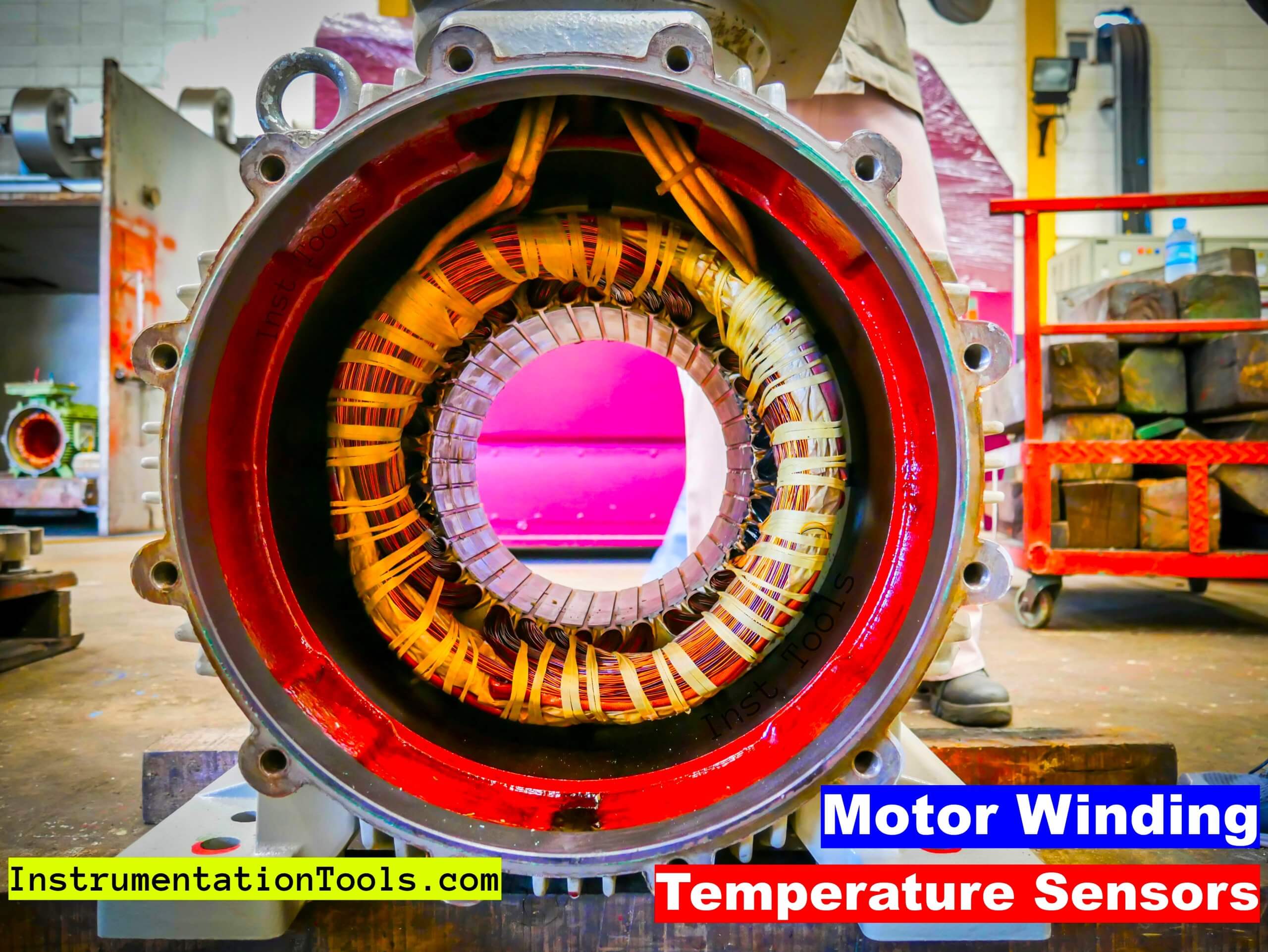
What is a Motor Winding Temperature Sensor?
Motor Winding Temperature Sensors are used to measure/monitor the temperature of electric Motors’ windings. These sensors are embedded within the windings in such a way that true winding temperatures are detected.
That means it has to be small enough and with the proper shape to be inserted within the motor winding slots. It also has to be robust enough to withstand the stator winding process.
Electric Motor Winding Temperature Sensors
These sensors come in many different types but they can be divided into two main groups:
- Temperature sensors that allow continuous measurement of winding temperature, like Pt 100, Pt 1000, Ni 1000, KTY, NTC Thermistor
- Temperature sensors that act as ON/OFF devices, like PTC Thermistor.
Pt 100, Pt 1000, Ni 1000, KTY, NTC Thermistor
These types of sensors exhibit a predictable and precise change in resistance when they experience a change in temperature. As the temperature increases the resistance increases as well (like in KTY) or decreases (like in NTC Thermistor).
The change in the resistance is almost linear in most types like KTY, PT100, and PT1000. And sometimes the resistance changes in a nonlinear manner like in NTC, but either way, using one of these sensors will give us continuous monitoring of the temperature of the motor windings
PTC Thermistor
A PTC thermistor can be used effectively to detect whether the temperature limit of the motor windings is exceeded. The PTC thermistor usually is mounted in contact with the motor winding that has to be protected from overheating.
When the rated temperature limit of the motor is reached, the resistance of the PTC thermistor increases abruptly. In connection with a control unit, this signal can be used to automatically switch off the power supply of the motor.
When choosing a PTC thermistor to protect the motor windings, manufacturers usually use 3 sensors connected in series, each one inside one of the 3 phases of the motor. Any of the 3 sensors rising in the temperature to the tripping limit, it will energize whatever protection method is designed to switch off the motor.
How the Type of Sensor can Affect You as a Maintenance Engineer?
From the motor’s point of view, the type of the winding sensor doesn’t matter, because all mentioned sensors will get the job done. And they will provide some kind of protection to the motor.
But, as a maintenance engineer, you should always choose to have continuous monitoring of your motors’ temperatures if possible, because a PTC thermistor will trip the motor to protect its winding, but it will most likely stop your production which is something you want to prevent.
So if you have a KTY inside the motor instead of a PTC thermistor you can monitor the temperature of the motor and you can see if the motor temperature is increasing above normal values, you can even set an alarm to give a warning if the motor’s temperature reaches a certain limit. so you would have some time to check what could be the cause of the temperature rise and try to eliminate it before it causes your production to stop.
Another thing, the sensor temperature itself could fail at any time, so if you have a continuous measurement of the temperature you can see if the sensor is acting wired or giving unrealistic values, like a 30°c motor temperature when it is running at full load, or a 90°c motor temperature when it is not running at all. These unrealistic values will give you some indication that the sensor might be defective and maybe you can change it next planned stop for your process.
Whereas with the PTC thermistor, the sensor could be damaged and the motor will keep running until its windings are defective and then you lost your motor, and also your production stopped.
Conclusion
- Electric motors are a big part of any industrial process.
- Motor winding temperature sensors are used to provide a level of protection to the motor windings
- There are many types of winding temperature sensors like KTY, PT100, PTC Thermistor, NTC, and many more that are used inside motor windings.
- As a maintenance engineer, you should look at which temperature sensor is better for the continuity of your Production line, and just for protecting the motor.
If you liked this article, then please subscribe to our YouTube Channel for Electrical, Electronics, Instrumentation, PLC, and SCADA video tutorials.
You can also follow us on Facebook and Twitter to receive daily updates.
Read Next:
- Importance of Neutral Wire
- Power and Instrument Cables
- Bus Coupler in Electrical Panel
- Electrical Components Overheating
- White Powder in Electrical Cables
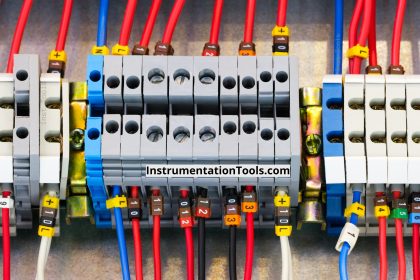
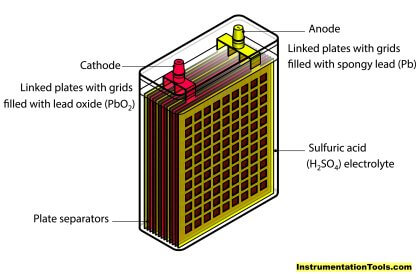
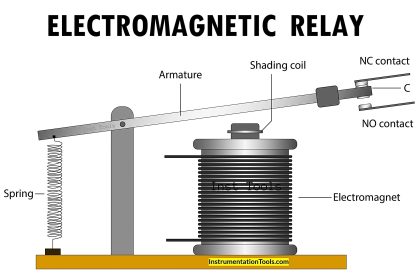
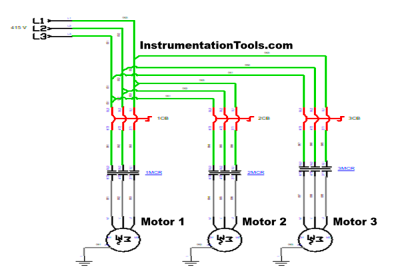
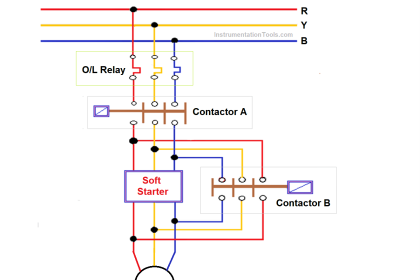
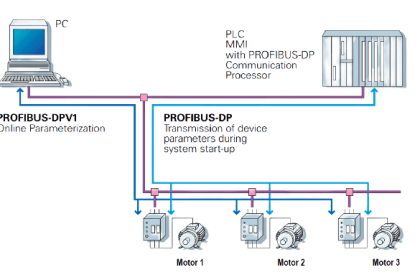

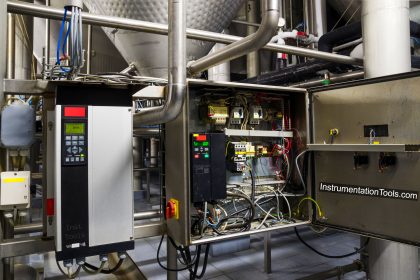
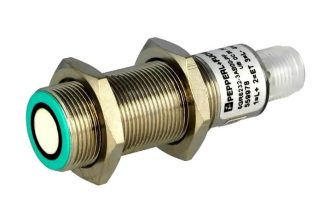


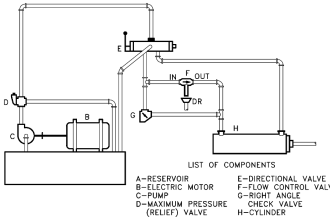
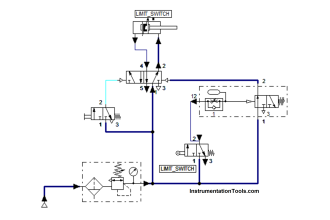
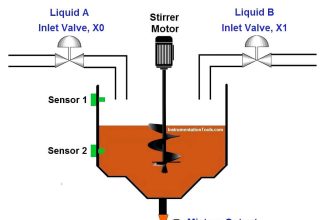
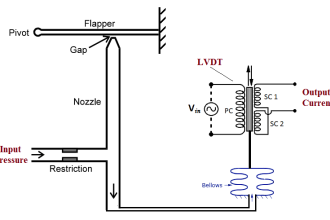


I have leant alot looking forward to learn more